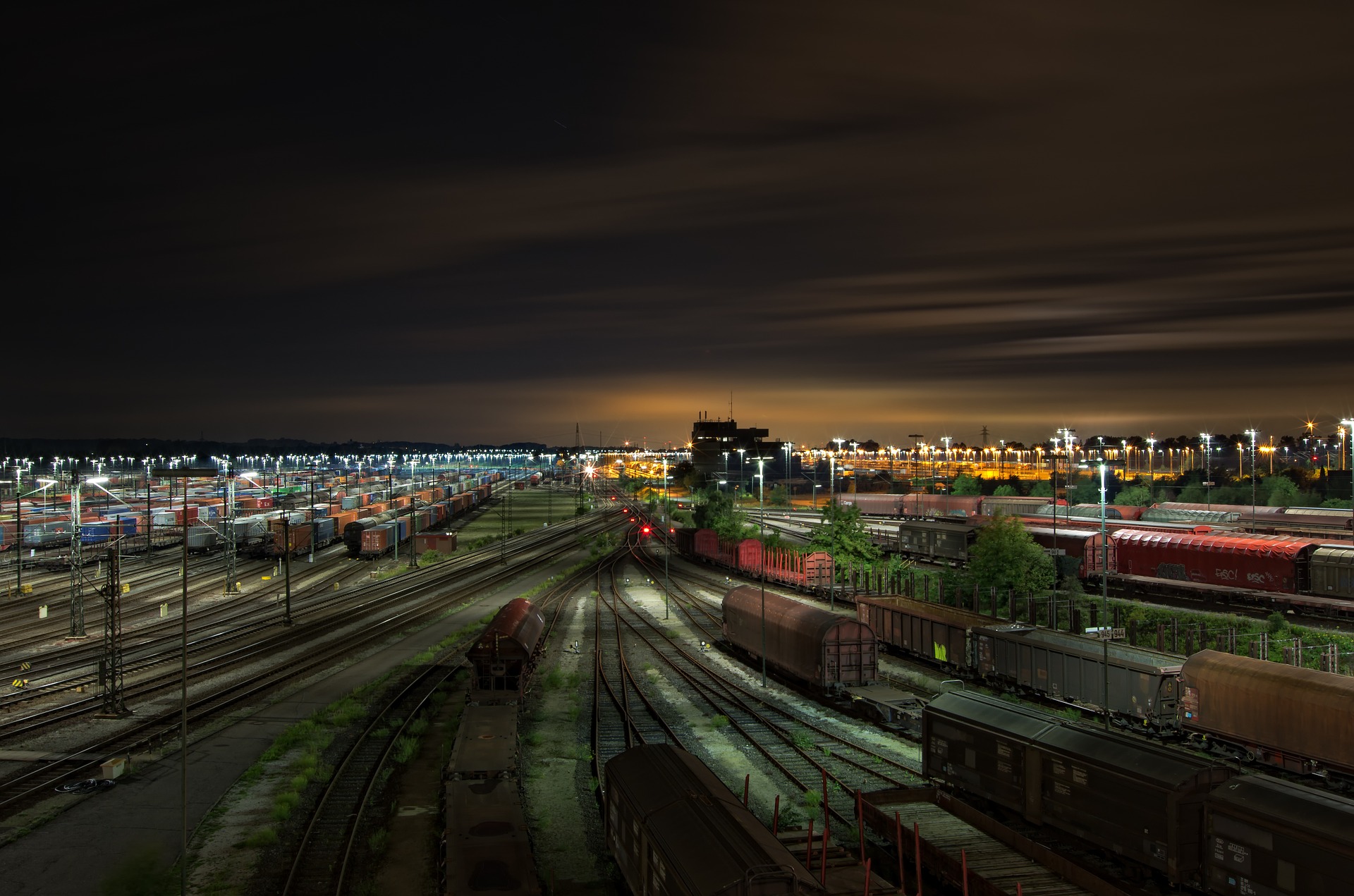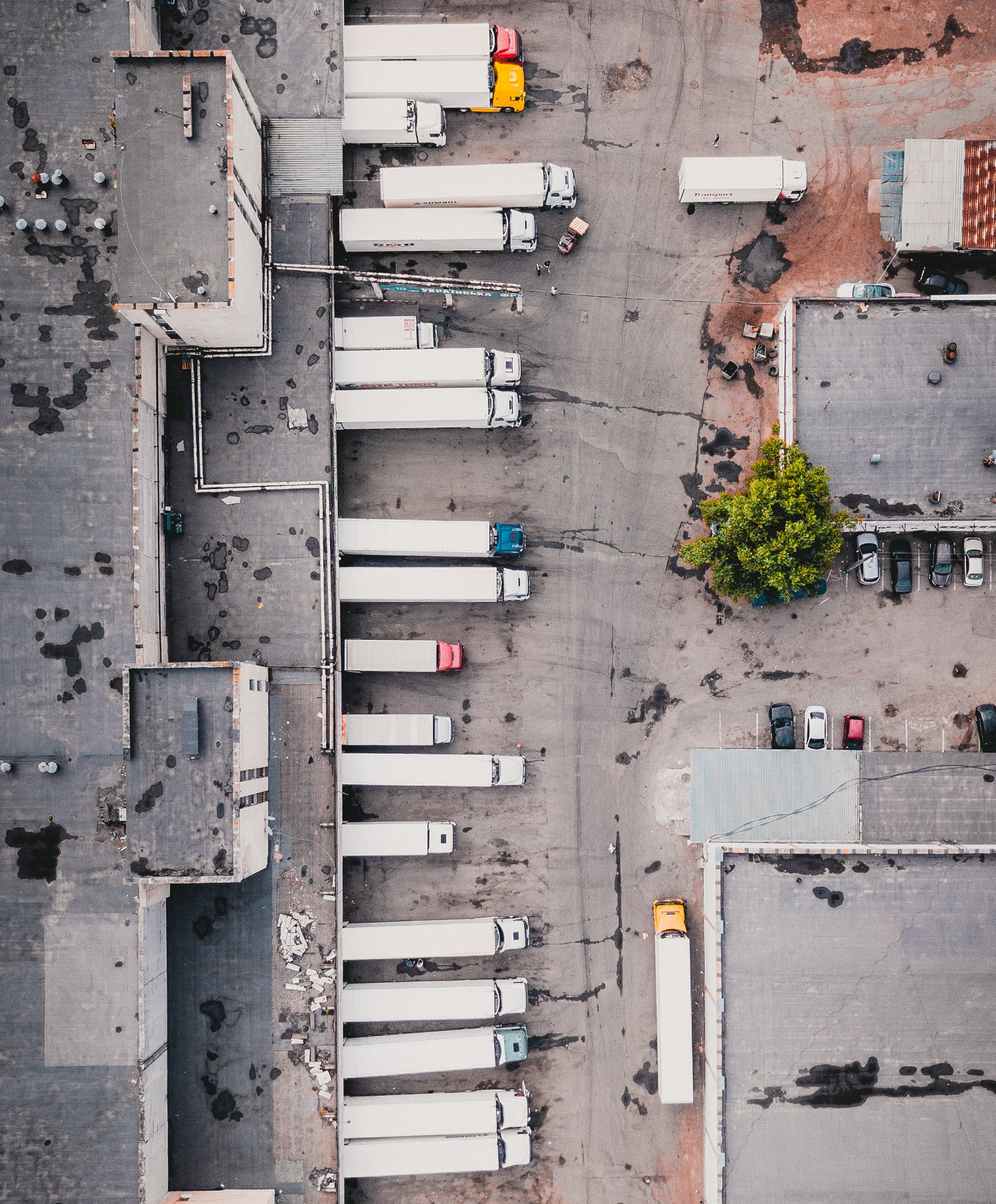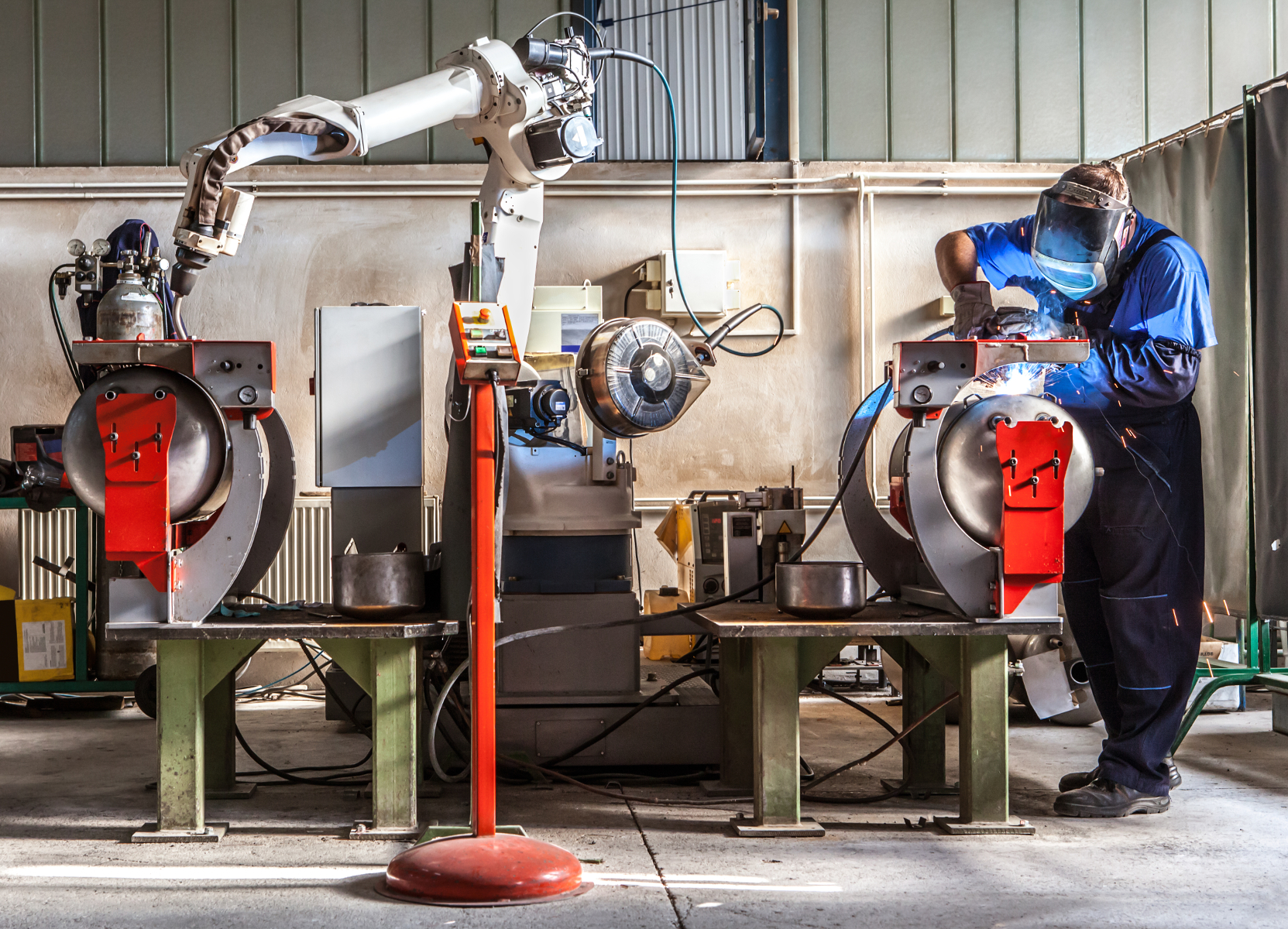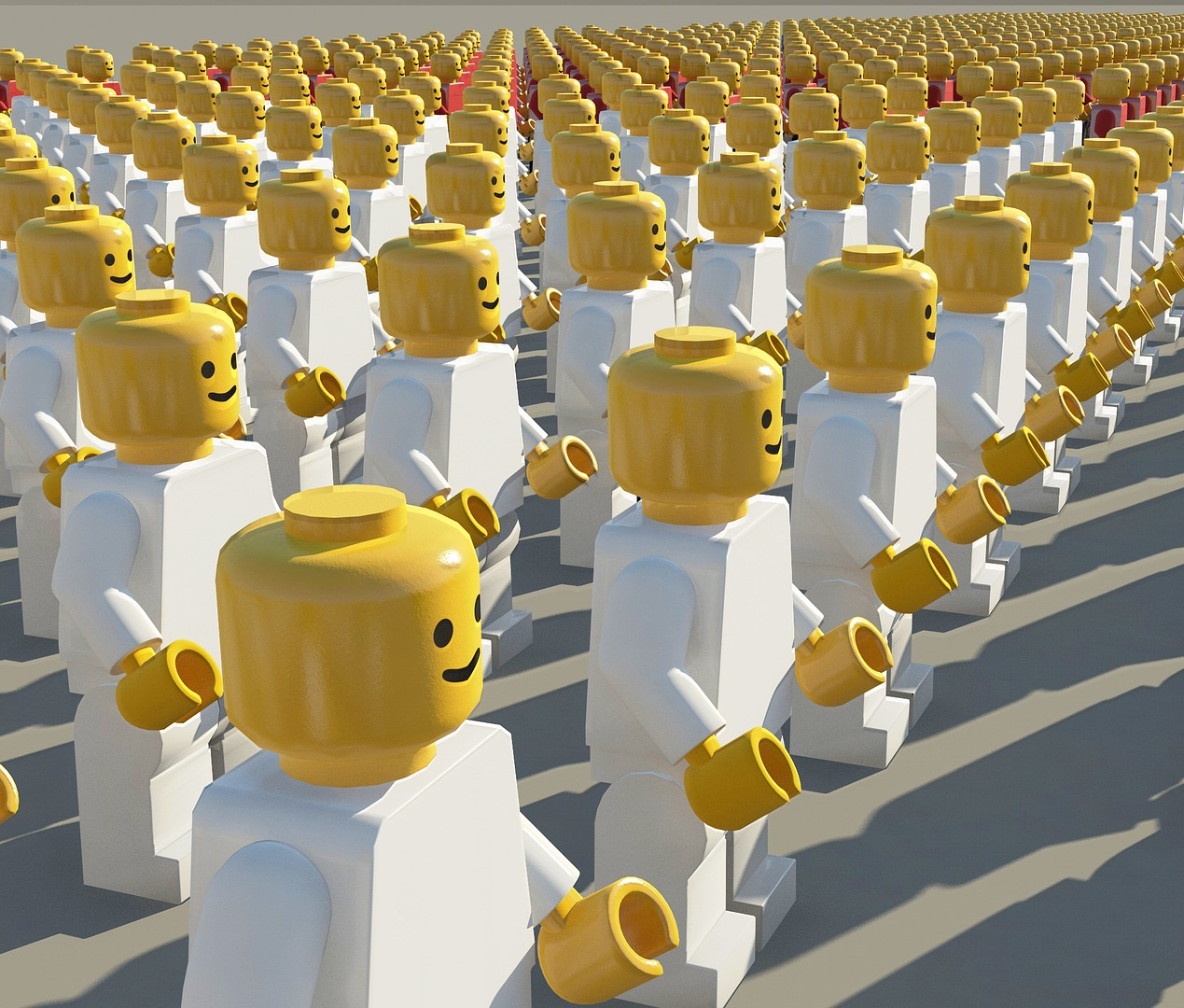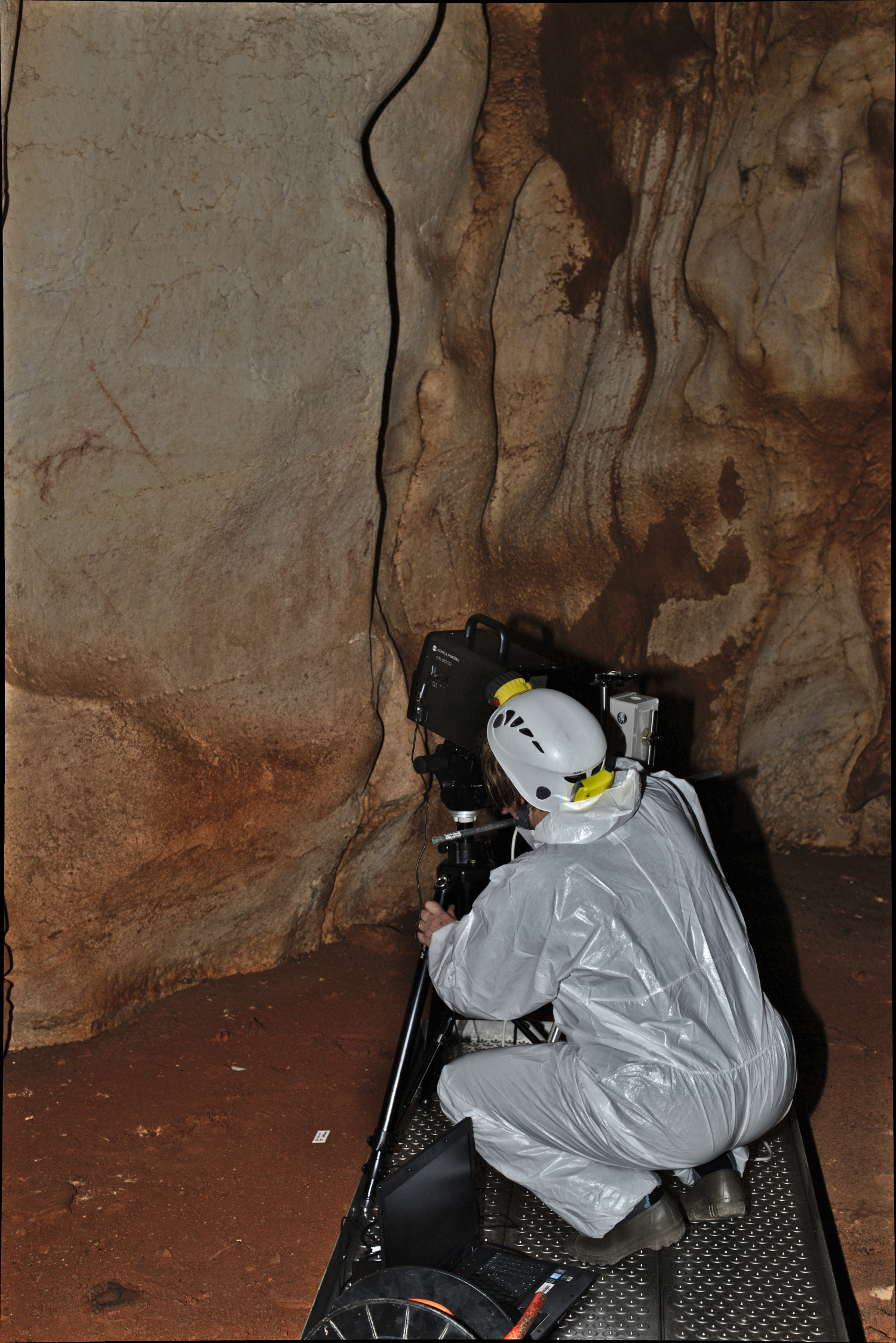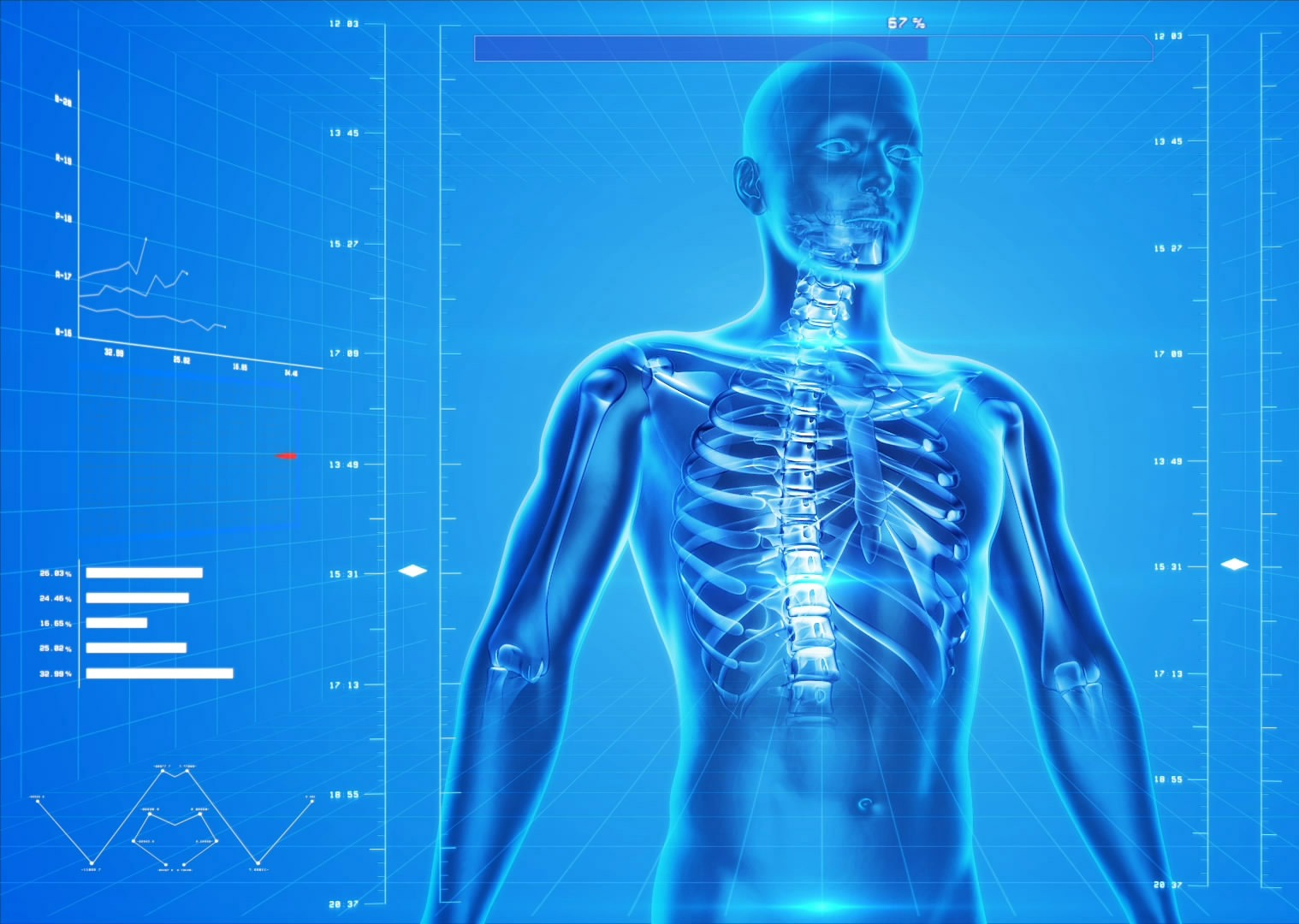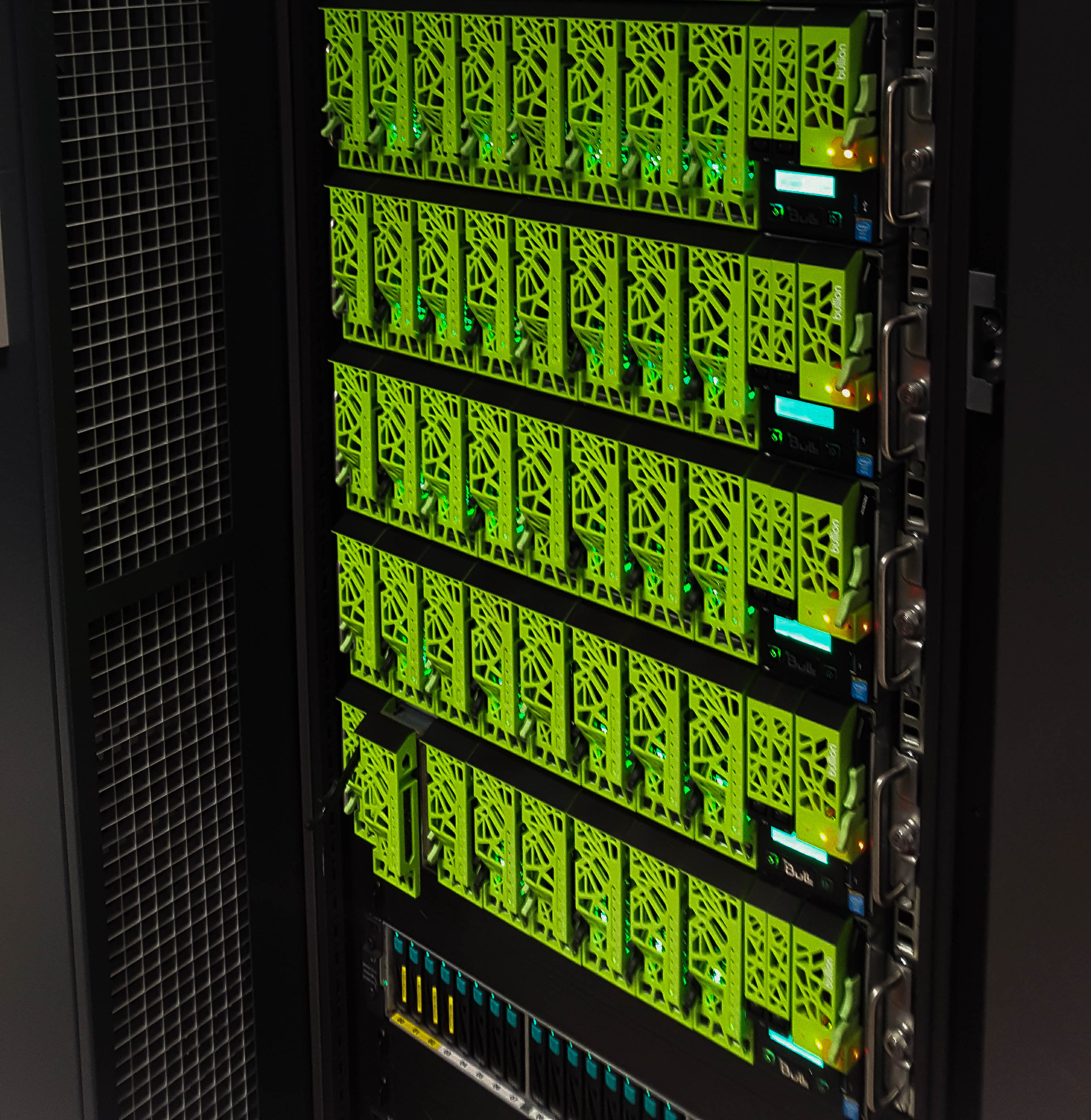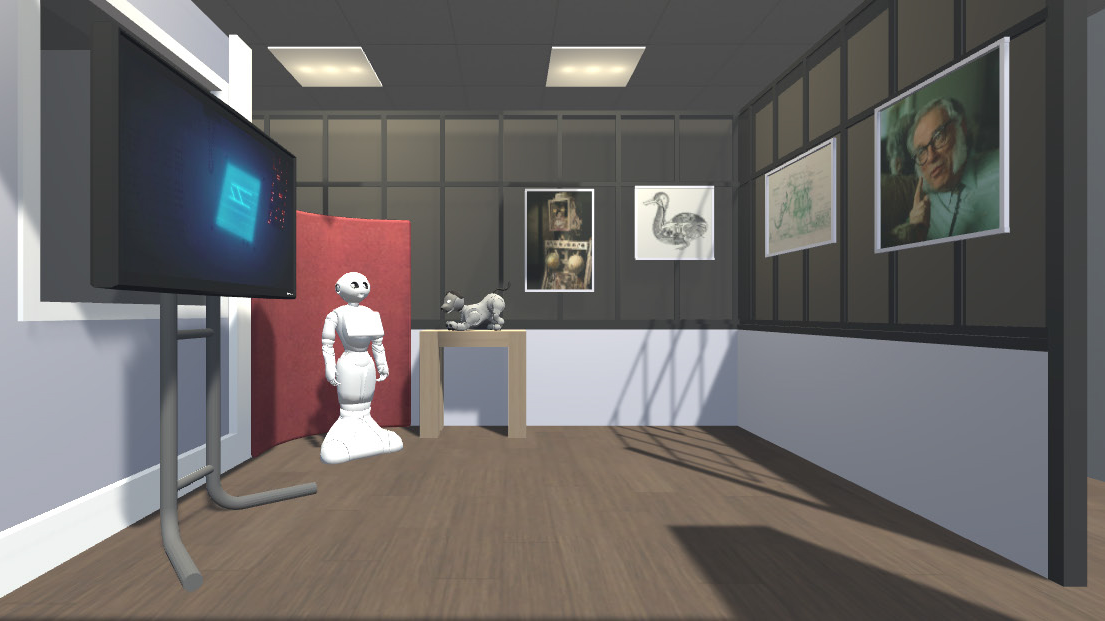The future of production systems, between customization and sustainable development
Editorial
[dropcap]W[/dropcap]hat will the production lines of tomorrow look like? Over the past decades, machines have played an increasingly important role in factories. We all have an image in our minds of robotic arms moving at lightning speed and with truly superhuman precision, carrying parts that are undoubtedly too heavy for our arms. Faced with such a demonstration of physical superiority, it is hard to imagine how anything organic can compete. When it comes to production rate one thing is certain: we are beaten by machines. And we’re already imagining humans being excluded from production lines, or at least reassigned to different tasks—complex programming of robots, overseeing machine networks, data analysis etc. All of these “new careers” are exclusively high-skilled positions and require profound changes in training and in companies.
But being so quick to eliminate humans and replace them with robots may be going a step too far. When we talk about production, we’re talking first and foremost about meeting a demand. What is produced is that which is desired, bought and consumed by end users. And what today’s customers want more than anything is a customized product. They want a car that aligns with their own needs, desires and values. They do not want to buy one of the 500,000 diesel cars with options they won’t use. They want the same model, only electric, without air conditioning because it’s bad for the environment, but with a sun roof because they love pulling over in the countryside and looking up at the stars.
But entirely-automated production lines have a hard time adapting to such specific demands. It is amusing to learn that researchers studying the issues involved in this new commercial paradigm are reasserting the importance of humans in production systems. Yes, we are slower, weaker and less precise, but we are also more flexible, versatile and better able to adapt to the typically human demand for diversity. At Mines Saint-Étienne, Xavier Delorme is one such researcher. His work has shown that it is important not to dehumanize production in order to respond to new demands from customers.
This does not mean adopting a primarily anti-technology stance, but rather emphasizing the strength of human-machine cooperation. At IMT Mines Albi, Élise Varielles is working on software tools that do precisely that by helping teams understand customers’ needs. The tools developed by the Albi-based researcher tackle the task of breaking down a demand, understanding it in great detail to determine whether it is feasible, then determining how it can be met as effectively as possible.
But growing demand for tailor-made products is just one of many new demands. Having a customized product is not enough. Customers also need to have it right away—or at least, as soon as possible. For this reason, new production systems cannot be considered in isolation from the transportation and distribution networks further downstream. The reality is that the entire supply chain is undergoing a transformation. It must transport goods more quickly, but must also meet sustainable development requirements. The environmental footprint is no longer a mere detail. Trucks can no longer travel half-empty and must progressively be replaced by trains. For this to happen, companies will have to learn how to communicate and collaborate with one another. The logistics network is undergoing profound changes.
[one_half]
[/one_half][one_half_last]
[/one_half_last]
This series takes a look at some of the new issues facing industry, for which researchers are trying to find solutions. It was created following the IMT symposium on production systems of the future. As such, it focuses less on political and social aspects—training for new careers, disappearance of low-skilled jobs—than on technical subjects involving major scientific challenges. Against a backdrop of artificial intelligence, ecological and energy transition and human-machine interaction, it presents some interesting examples of research for the benefit of society and the industry of the future.


